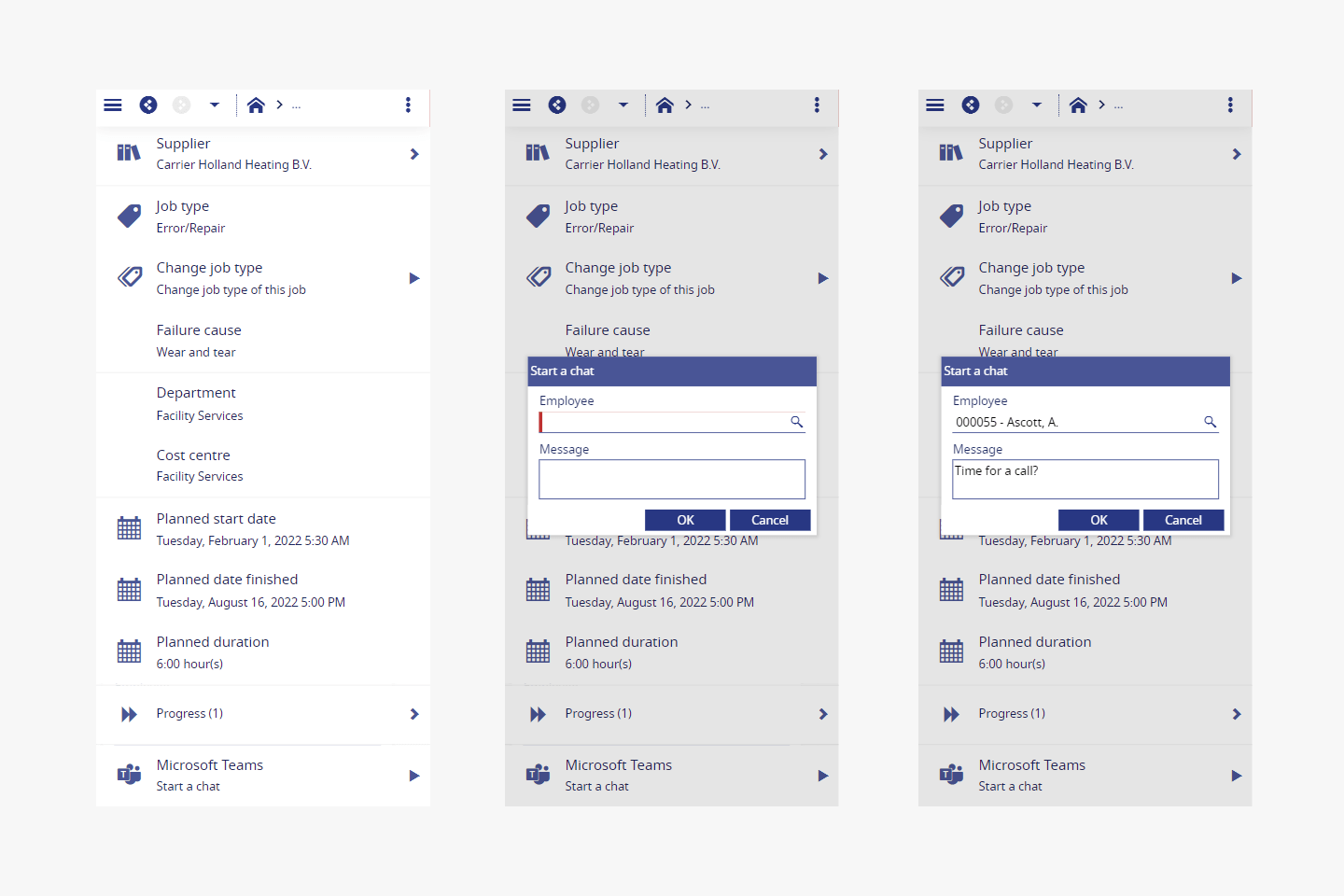
But what are assets exactly?
Asset Management is all about controlling your resources. Assets can be, for example, means of production, a lorry, office furniture, a laptop or even a building. Together, this makes ‘asset management’. Assets can generally be defined as follows: “An asset is an item, thing or entity that has actual or potential value for an organisation.” This definition is used in multiple organisation in various industries and is intentionally broader than solely the physical assets.
What is Asset Management?
Now that we know what assets are, we can really focus on the combination of assets and management. Traditionally, Asset Management can be described as:
“Asset Management is the effective management of the assets inside and outside the building. In Asset Management, the performances, risks and costs of the life span are mapped, and the perfect balance is found between these three topics. The goal is to accomplish the organisation’s strategic plan.”

The key is to find the maximum return between the required performance, the costs of guaranteeing uptime, and managing the risks. In short, balancing performance, costs and risks during the operational phase of an asset.
Get more from your assets with Enterprise Asset Management Software
The theory is clear and sounds simple. But how do you go about it? What tools can you use? An Enterprise Asset Management system can help you. With an Enterprise Asset Management (EAM) system you can manage all of your assets in one system. An EAM contributes to the translation of the organisation’s goals to asset- and stakeholder-related decisions. This requires knowledge based on correct and timely information. One example is deciding between replacing or repairing; an important topic for cost control and life extension. Or for finding the balance between the availability and the reliability of your assets, for the highest possible uptime for example. Another example is the safety compliance process so you can (continue to) meet the regulations. But also by determining the risks caused by a specific asset to the company results. This is where applying information and performance management offers possibilities. To improve decision-making, for example.
Listen to the signals given by your assets
Because you manage your assets in one EAM system, you can link the separate assets. This requires flexibility of the software so it is perfectly geared to the users. A better user experience results in more accurate information. It is also important that you can easily integrate with other systems. After all, information is key! This also includes the information given by your assets. And because you have more understanding and insight, you detect signals from your assets sooner. You can then react to these signals, for example when considering the realisation of the organisation’s strategic goals. Are you listening carefully to your assets?
Other blogs written by Freddy Vos





